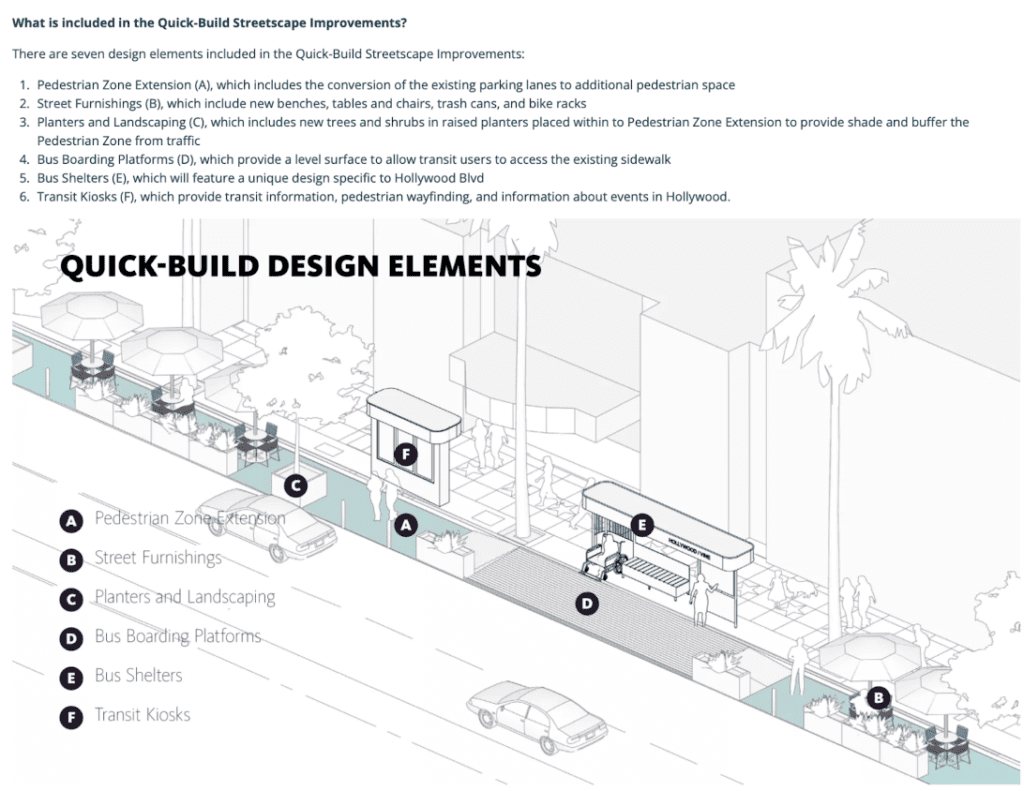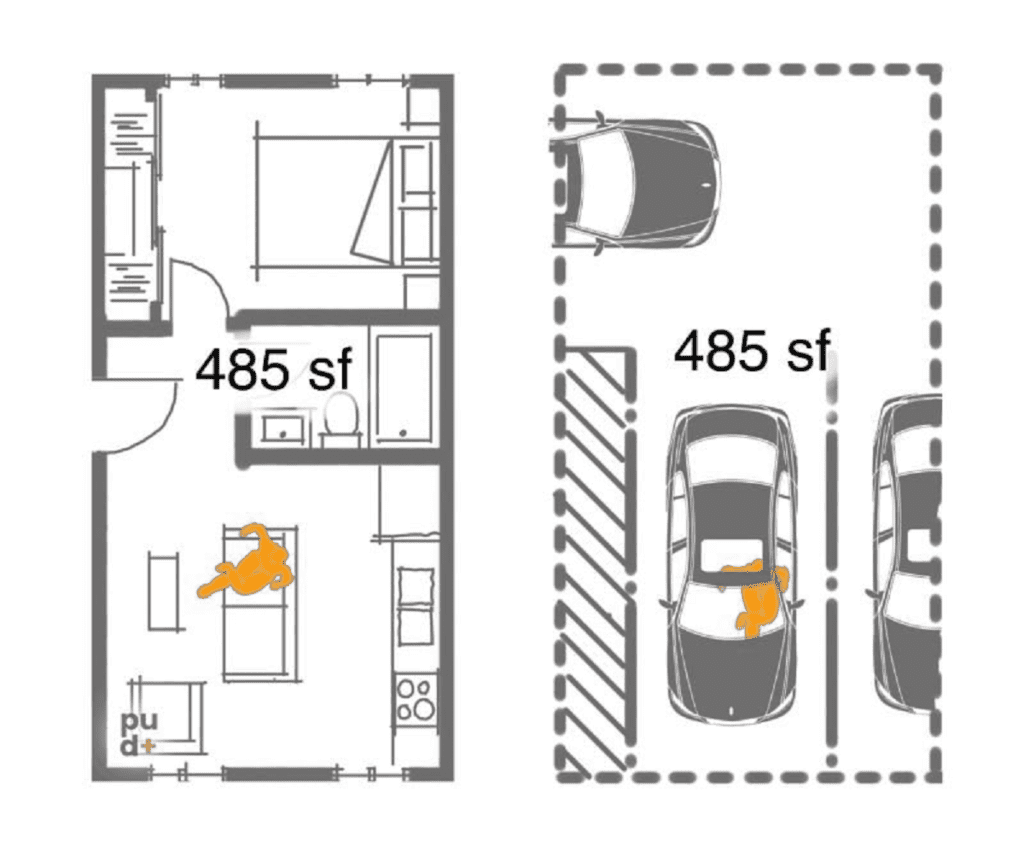LCI Resource Guide to Quick Build
There is a worldwide movement to rethink street space as an amenity for people, rather than just the single-use of cars. As the movement grows and hundreds of cities experiment with different approaches, practitioners are iterating and improving the knowledge and understanding of what works. One of the most successful approaches is Quick Build.
Quick Build is a method of using temporary, low-cost materials such as paint and planters that are quickly installed to implement a new street design cheaply, and in a way that can be easily reversed. Advantages include:
- “Paint and planters” can be quickly and inexpensively changed to make improvements, or try different designs.
- A temporary redesign can make local community members feel reassured that there are opportunities to give feedback and make changes in the future.
- By reassuring the public that changes can be made almost overnight, it gives the community time to get used to the change without a major investment in money and the disruption of extended construction.

Case Study 1: Heart of Hollywood.
The Hollywood Walk of Fame is a Historic-Cultural Monument that is the “Main Street” of the Hollywood community, while also attracting millions of visitors per year. However, sidewalks are often congested, certain pieces of infrastructure are outdated, and the area lacks a cohesive, unifying design aesthetic. The goal of the Hollywood Walk of Fame Master Plan is to move this iconic corridor forward into the 21st century, respecting its rich history, while establishing a holistic and long-lasting vision. (From the website, Heart of Hollywood)
By using Quick-Build, the project was able to get off the ground years before a full-scale implementation can be funded and executed.

Case Study 2: Move Culver City
The project envisions a reimagining of our streets as public spaces and prioritizes moving people over cars in the design of the street. Bus riders, cyclists, and emergency vehicles will all benefit from increased speeds, ease of travel, and reliability of connections to key destinations. The new street configurations will help Culver City reach its 2028 zero emissions goal.

What is the Quick-Build Methodology and Why Are We Using It Here?
he term ‘Quick-Build’ describes an approach to building infrastructure using low cost, short term materials. Quick-build projects can be bike lanes, crosswalks, new public spaces, or bus lanes! Examples of these projects can be seen below.
At a time of increased competition for funding transportation improvements, the low-cost and iterative nature of Quick-Build projects are At a time of increased competition for funding transportation improvements, the low-cost and iterative nature of Quick-Build projects are increasingly popular because they accelerate project delivery, provide a platform for experiential public engagement, and instigate a paradigm shift toward safer, more complete streets.
From the website, Move Culver City
